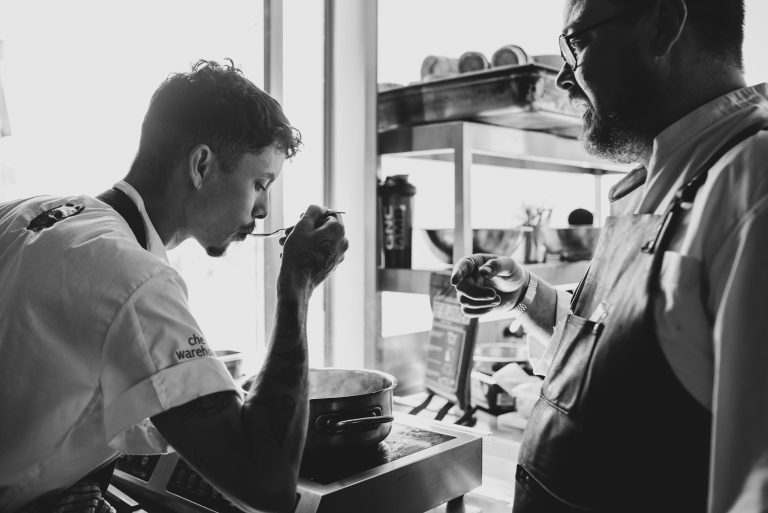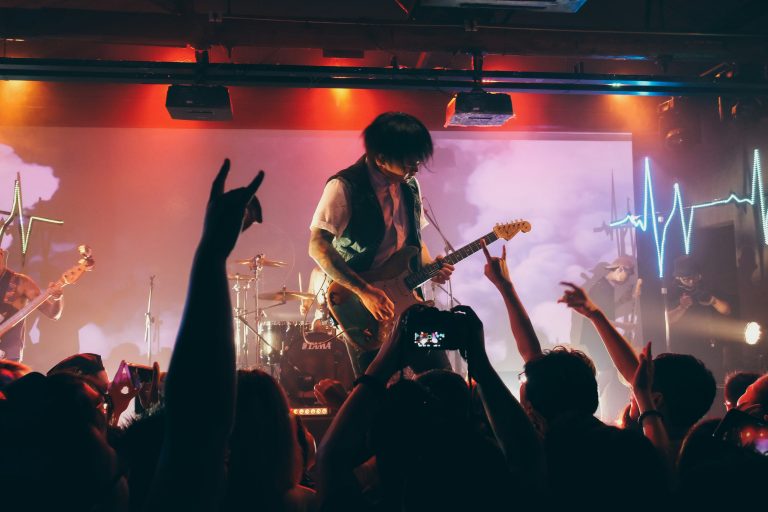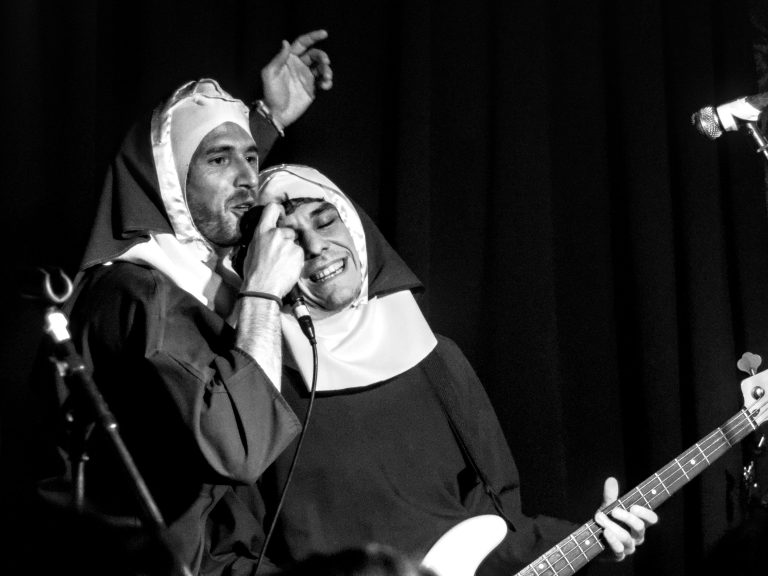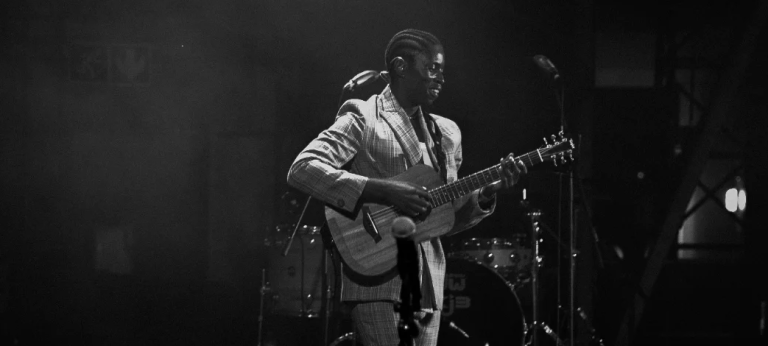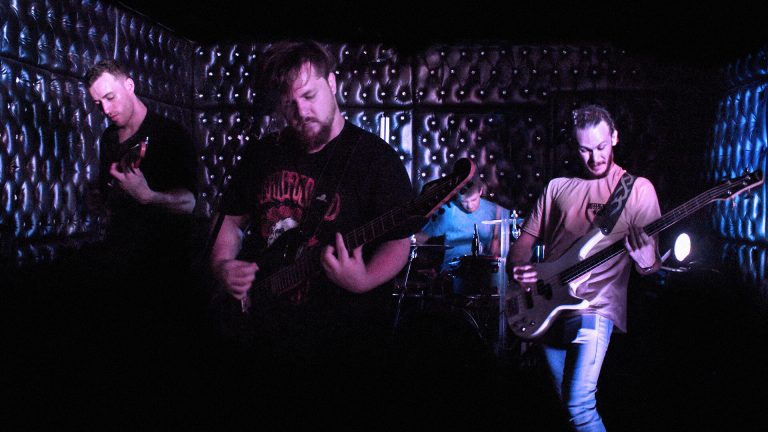On 9 August, The Dinner Club returns for its second edition, this time inside the M&M Music Academy in Sunningdale. Unlike its debut in 2024, this one isn’t just centred around the food. Built around a full live jazz programme, the event puts music front and centre — framed not as background entertainment but as a key part of the evening’s design.
The thing about slow-burn R&B is this: it can drift into background music fast. Pretty melodies, a moody beat, and suddenly you’re three tracks deep without remembering a thing. But “Kutheni” — a considered collaboration between Kila G and Stanley Branson — avoids that fate. It doesn’t shout for your attention. It just quietly takes hold.
Creativity thrives here, creative careers do not. Can we begin taking steps to build the music industry that Cape Town needs?
When Kristi Lowe first released a song into the world, she wasn’t thinking about airplay or playlists. She was fifteen, navigating an impossible family crisis, and music was a lifeline. Her debut single I Need More Time, written with her older sister Jenna and produced with local electronic heavyweights GoodLuck, was less of a career launch and more of a call to action — one that South Africans answered, sending the song up the iTunes charts in a matter of hours.
Last week, we laid it out for venues: if you can’t offer artists the bare minimum — working sound, working toilets, and a shred of hospitality — you’re not ready to host live music.
But this relationship goes both ways.
Cape Town’s scene only works when artists show up just as ready, equipped, and professional as the venues that host them. You want to be treated like a pro? Then act like one.
You wouldn’t invite someone over for dinner and ask them to bring the cutlery, cook their own food, and leave before dessert. Yet somehow, that’s still how too many venues treat live musicians in Cape Town.
According to a 2022 study on revenue streams for music creators in South Africa by Music in Africa, live performance makes up 36% of total monthly income for South African music creators — over R42 million per month — yet artists earn just R11 076/month from gigs on average. That’s modest pay for what’s essentially a full-time job — and it makes the basics all the more important.
A band like Face Jackson was never going to bow out quietly. One of the first bands featured on Let’s Get Local, their farewell gig was a full-throttle farewell to eleven years of music between best friends.
There’s a certain kind of hush that falls over a beach crowd when Bongeziwe Mabandla sings — and at Feastival this past Saturday, you could feel it in your chest. Dressed in an ivory Boys of Soweto boiler suit and armed only with his guitar, Mabandla didn’t just headline — he transcended.
Cape Town winters can be brutal — cold, wet, and all too good at convincing you to stay home. But the lineup on 23 May made a persuasive counterargument: layer up, step out, feel something loud. From the moment you walked into District, there was a charge in the air — not just from the hum of amps warming up, but from the crowd itself. A room full of faces, both familiar and unfamiliar, pulled together by the gravitational force of live sound. It was intimate. It was electric. It mattered.

